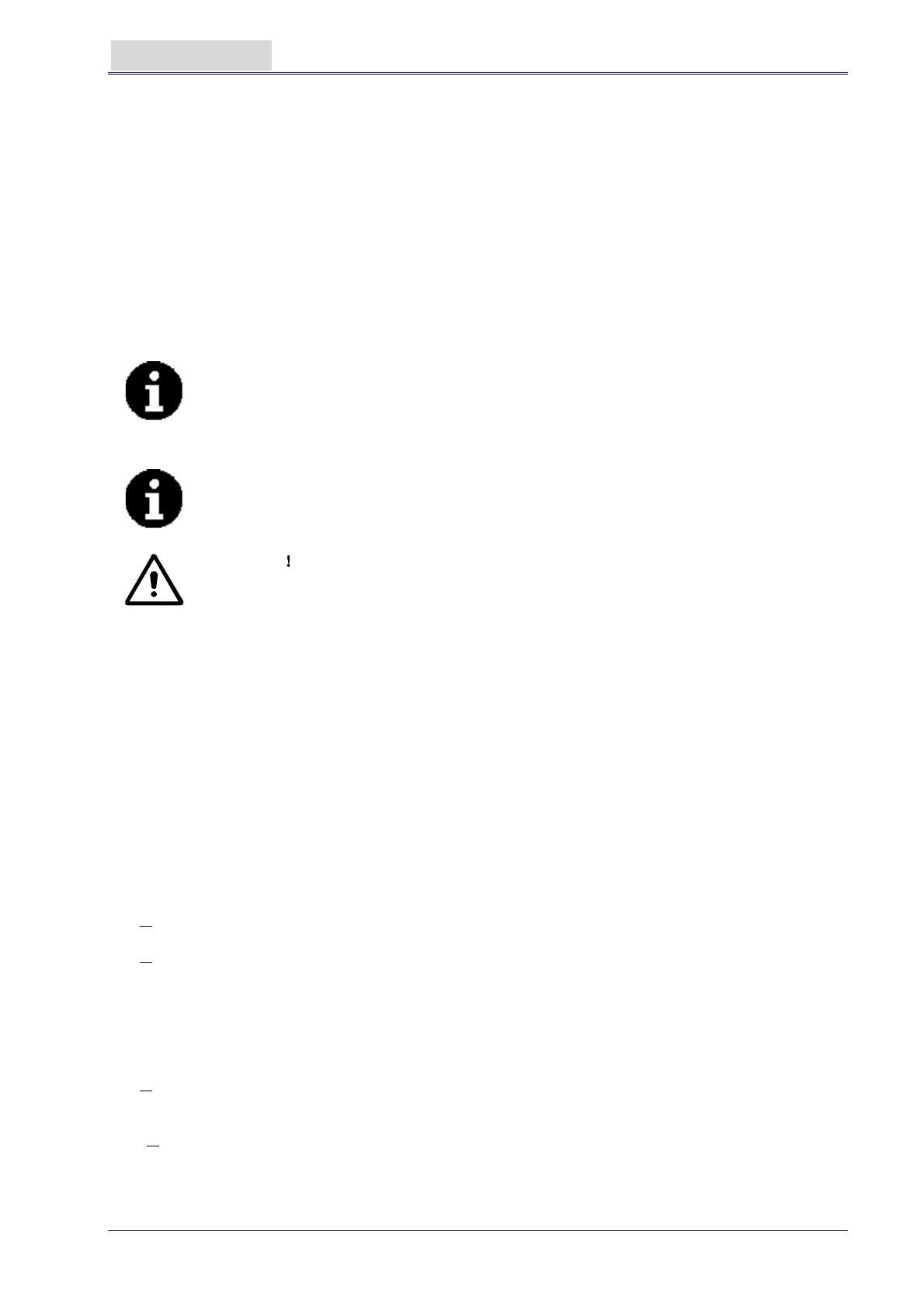
USER MANUAL
14
ENGLISH
8. When charging is complete, connect the charging connector of the battery to the machine.
To charge a battery with an on-board charger (optional)
9. Take off the rubber lid at the end of the battery charging connector.
10. Connect the end of the battery charging connector with the mains with a charge connecting wire.
(Please note whether the input voltage of on-board charger is 220V – 240V and the output voltage
24V and frequency meet the requirements.) When the charger is connected to the mains, all
other functions will be cut off automatically. If the red warning light on the on-board charger
continues to light, it shows that the charger is charging the battery.
11. When the green warning light (47) is on, it shows that the battery charging process is complete.
12. When charging is complete, take off the connecting wire from the end of the battery charging
connector and the power supply, and put on the rubber lid.
13. Disconnect the charger wire from the power supply, and wind the wire on the reel (6).
NOTE
If more information on on-board charger (35) is needed, please refer to related
manual.
SQUEEGEE CLEANING
NOTE
In order to maintain the optimal effect of water Vacuum, the squeegee must be
kept clean, and the squeegee strip must remain in a good condition.
CAUTION
When cleaning the squeegee, it is recommended to put on protective gloves
because the squeegee may contain sharp fragments.
1. Move the machine to a flat and smooth surface.
2. Press the power switch (41) to the “O” position to turn off the machine.
3. Unscrew the fixed handle (16) of the squeegee; take off the connector connecting the Recovery
Vacuum tube of the squeegee, and take off the squeegee.
4. Use the squeegee lifting handle (14) to lift the squeegee support frame.
5. Clean the squeegee (Figure 15). Clean in particular the groove (A, Figure 15) and the dirt and
fragments on the Vacuum tube. Check if the front squeegee blade (C) and the rear squeegee
blade (D) are intact, and if there are broken edges and cracks. Change them if necessary (refer
to the steps in the following section).
6. Re-install the squeegee in the reverse order of the above.
SQUEEGEE BLADE CHECK AND REPLACEMENT
1. Following the methods related in the previous section clean the squeegee (Figure 15)
2. Check the edge (E, Figure 15) of the front squeegee blade and the edge (F) of the rear squeegee
blade (D). On the whole length, they should be on the same level. Otherwise, adjust their heights
through the following procedure.
Loosen the clip (G) to let the rear squeegee blade (D) separate from the bracket (M) for the
adjustment of the position of the squeegee. After the adjustment, lock the clip once again.
Loosen the screw on the handle (I) to adjust the front squeegee blade (C); tighten the handle
screw after adjustment.
3. Check if the front squeegee blade (C) and the rear squeegee blade (D) is intact and if there are
broken edges and cracks. If necessary, change them according to the following ways. Check the
front edge of the rear squeegee blade (J) whether it has been worn. If worn, it can be installed
upside down (the top edge is required to be intact). If the top edge is also worn, change it by
following the procedure below:
Loosen the clip (G) to let the pressure blade separate from the bracket (M), take off the clip
bar (K), and then change or turn the rear squeegee blade (D) upside down. Re-install the rear
squeegee blade in the reverse order of taking it off.
Loosen the handle screw (I) and take off the front clip bar (L), and then change the front
squeegee (C).
Re-install the front squeegee blade in the reverse order of taking it off.
After changing the squeegee blade (or installing upside down), adjust the level of the front and
rear squeegee blades in the procedures as described above.





















